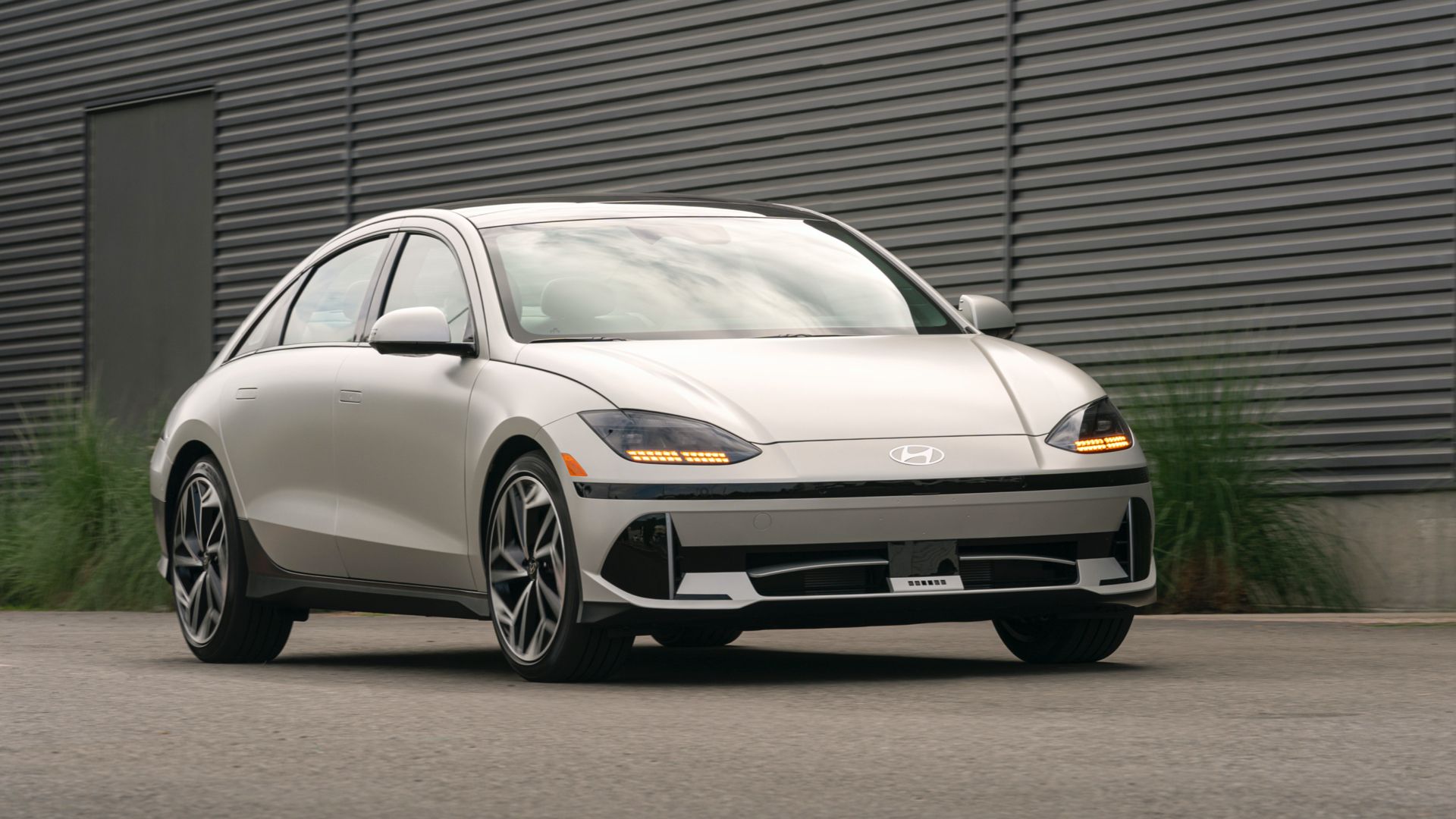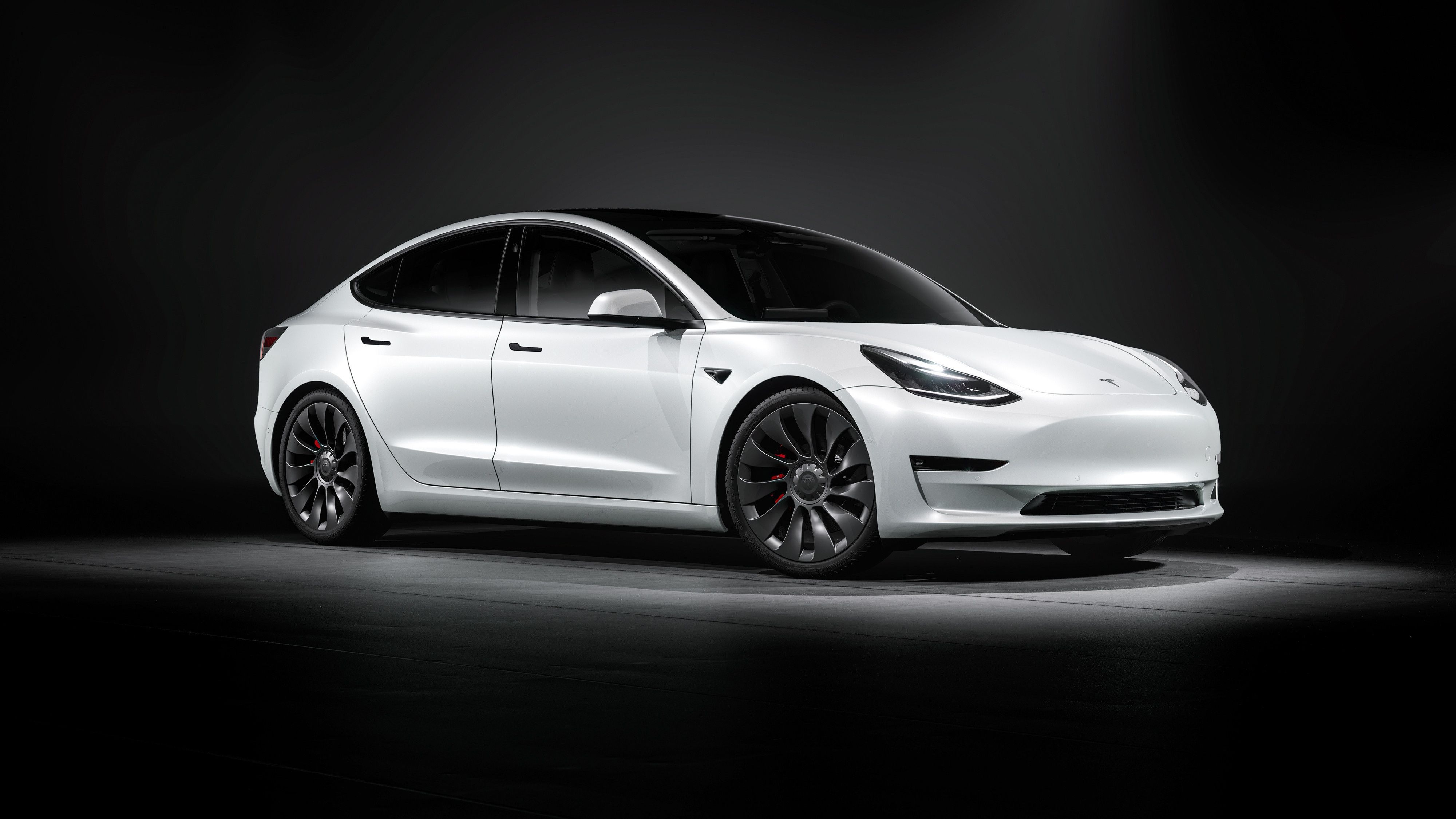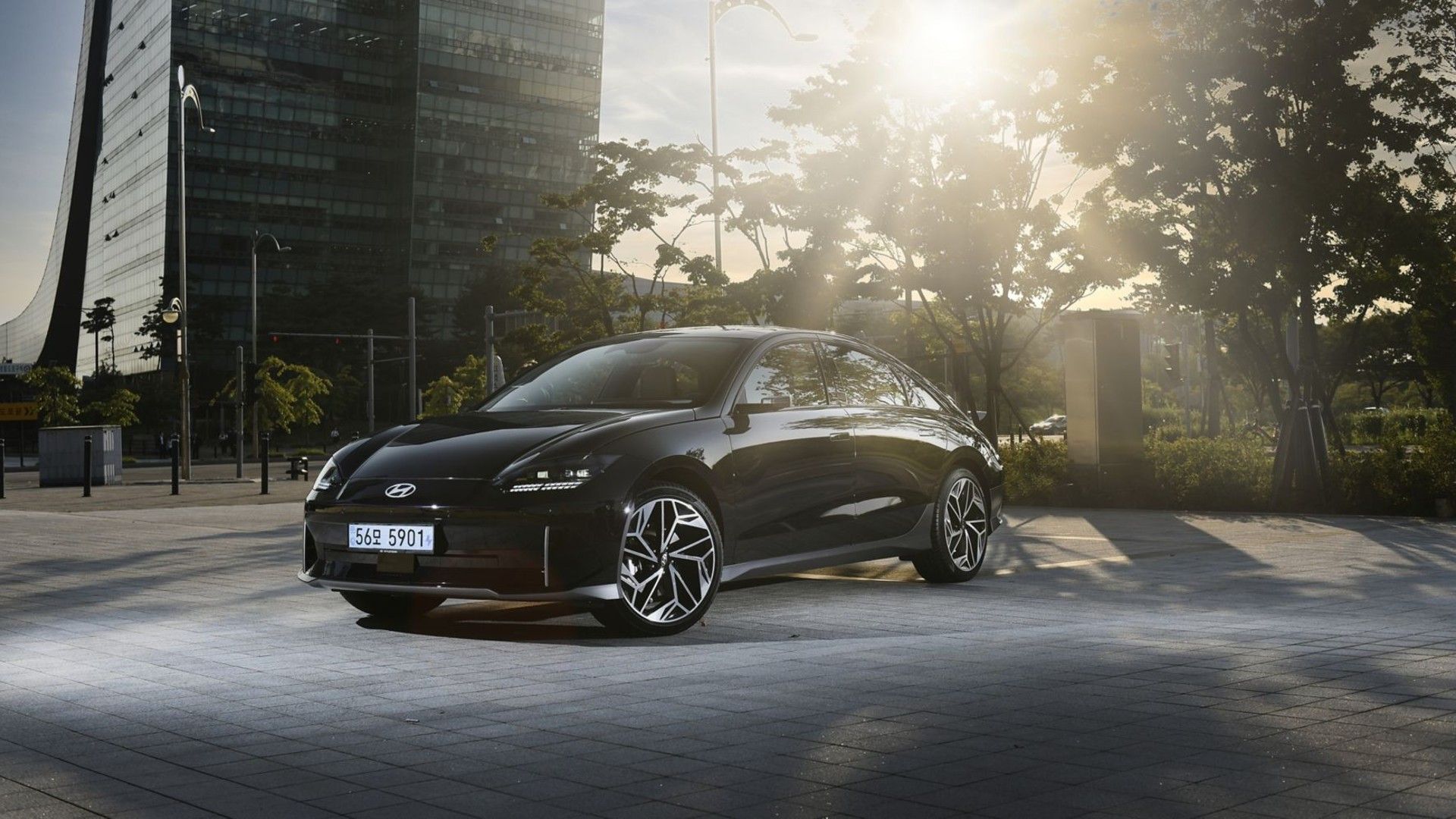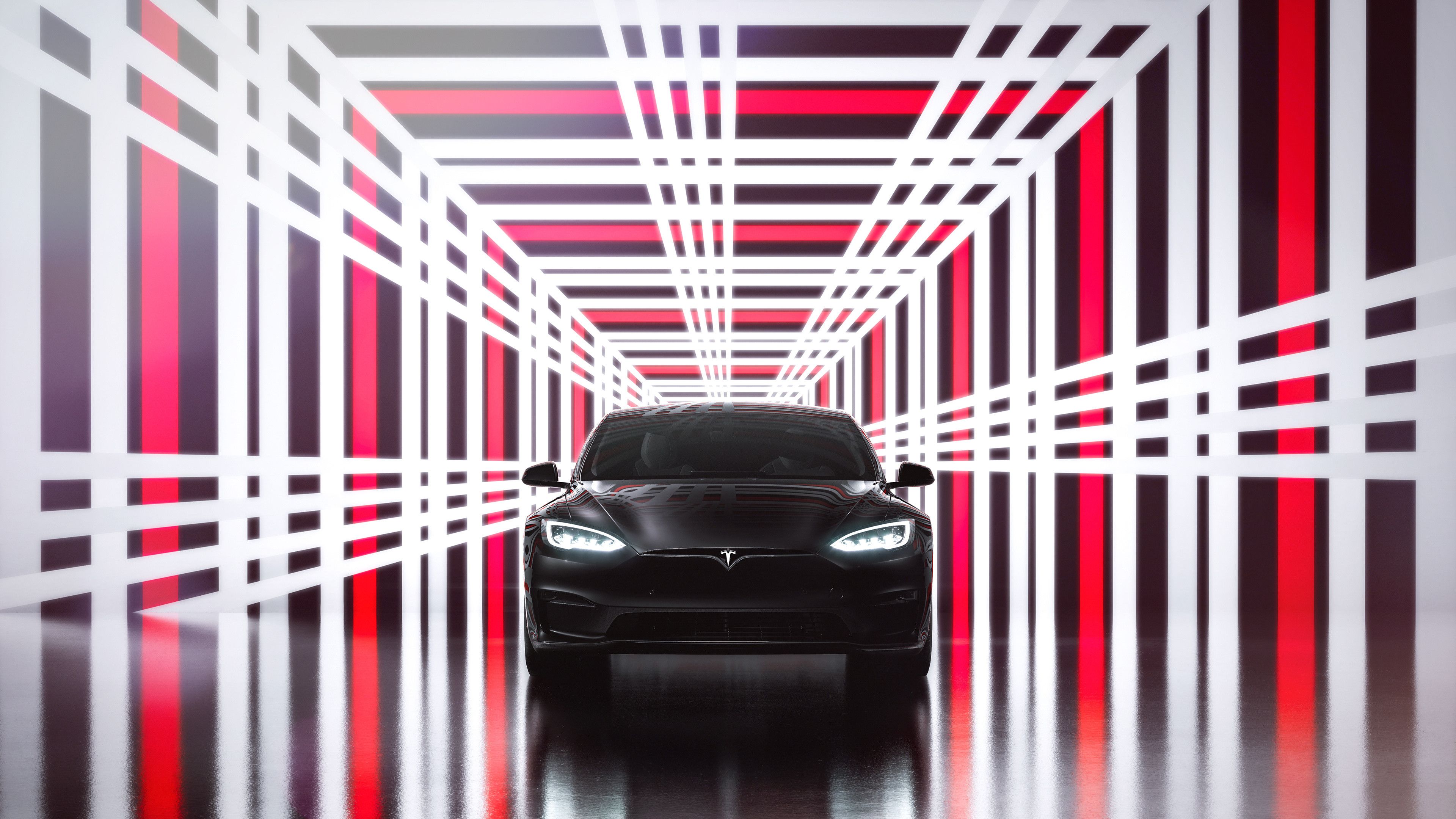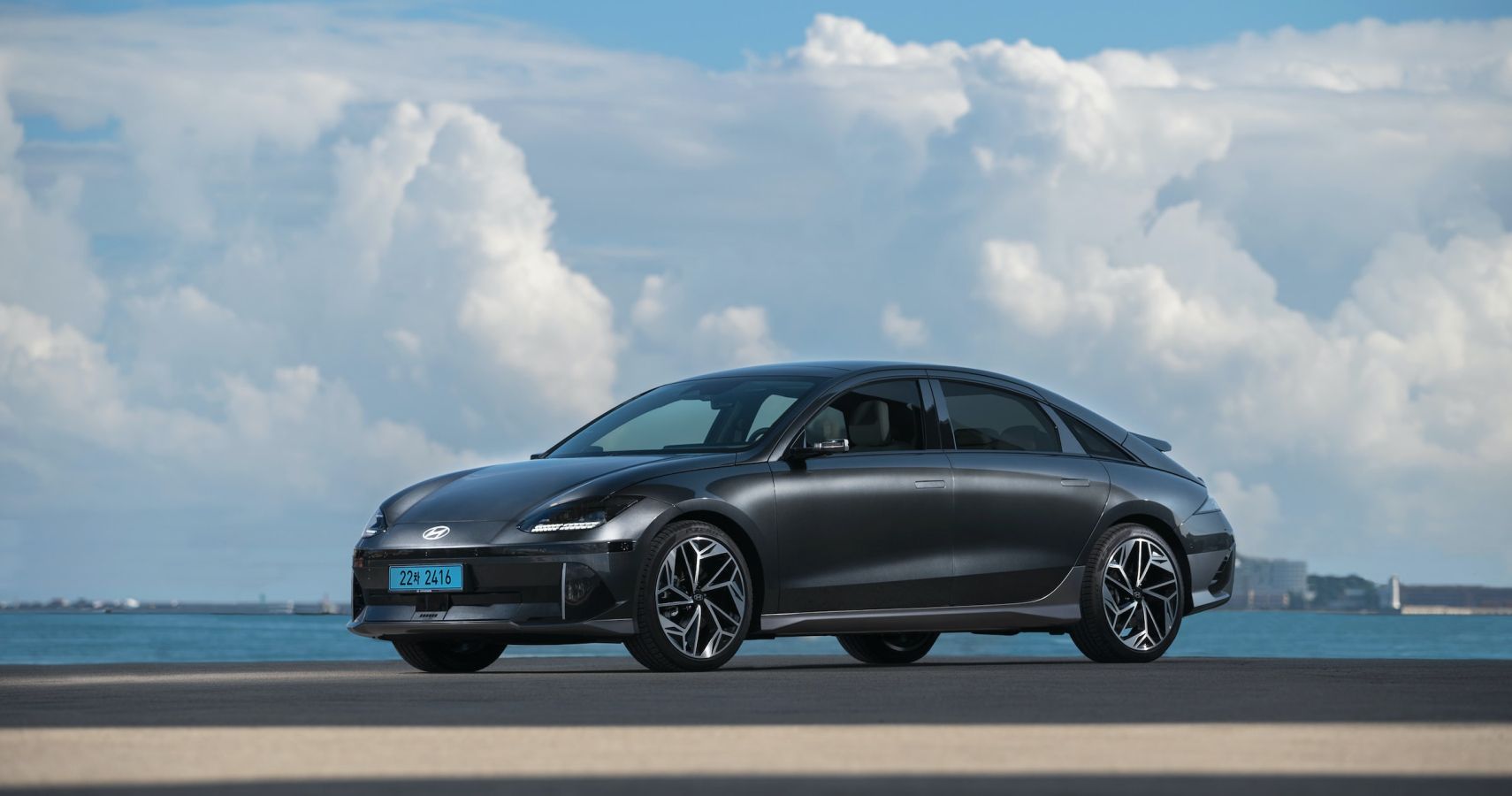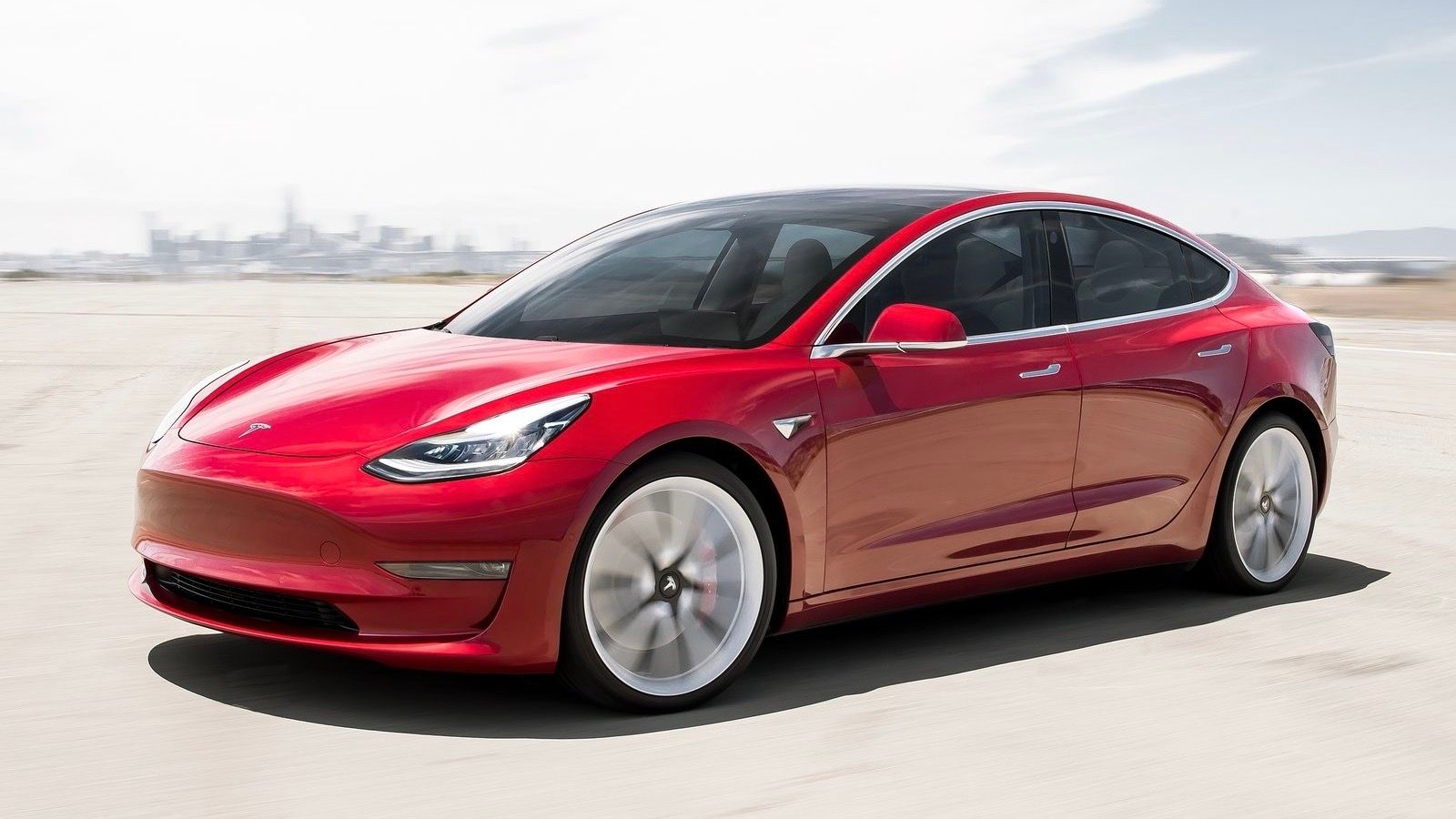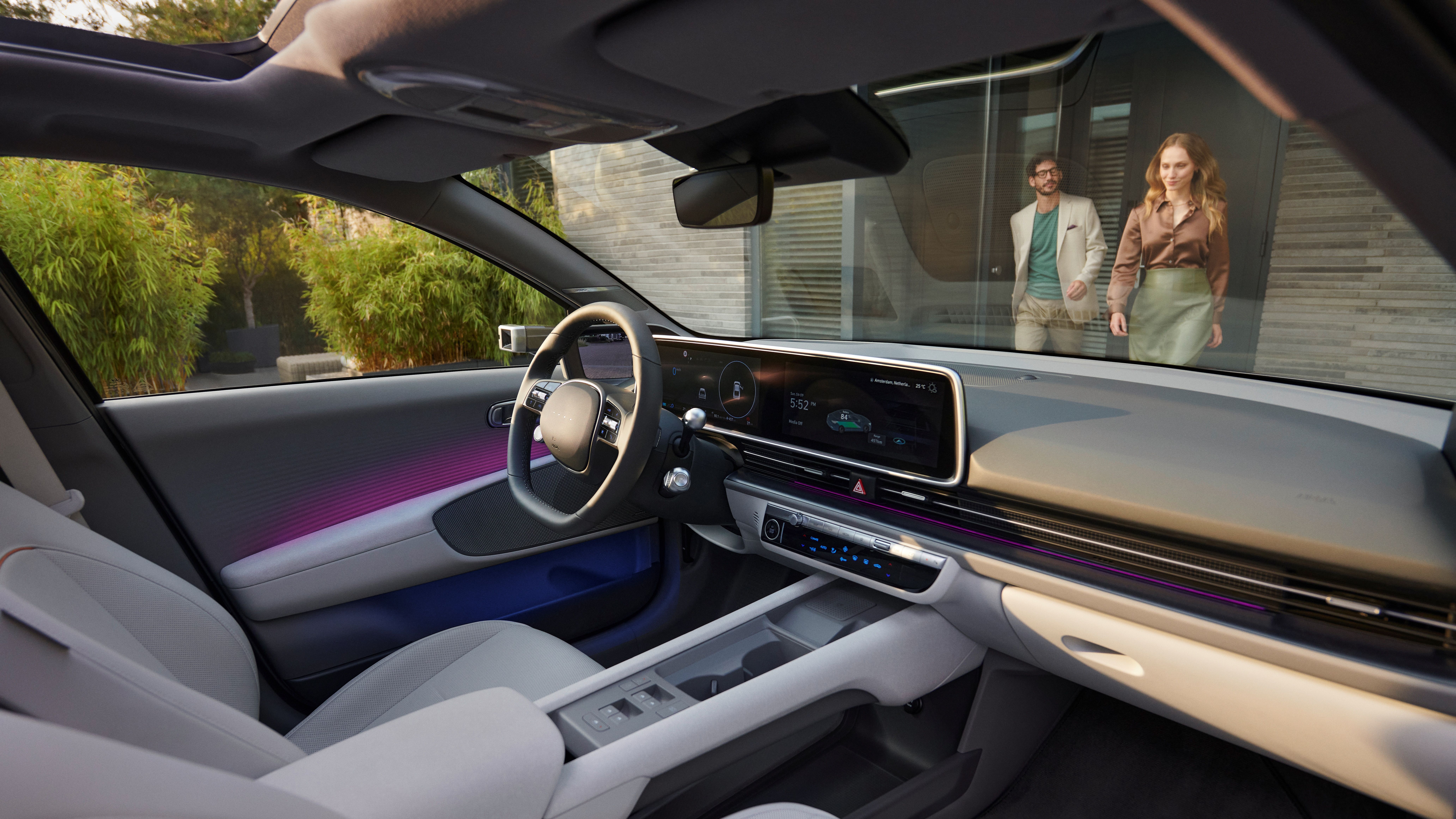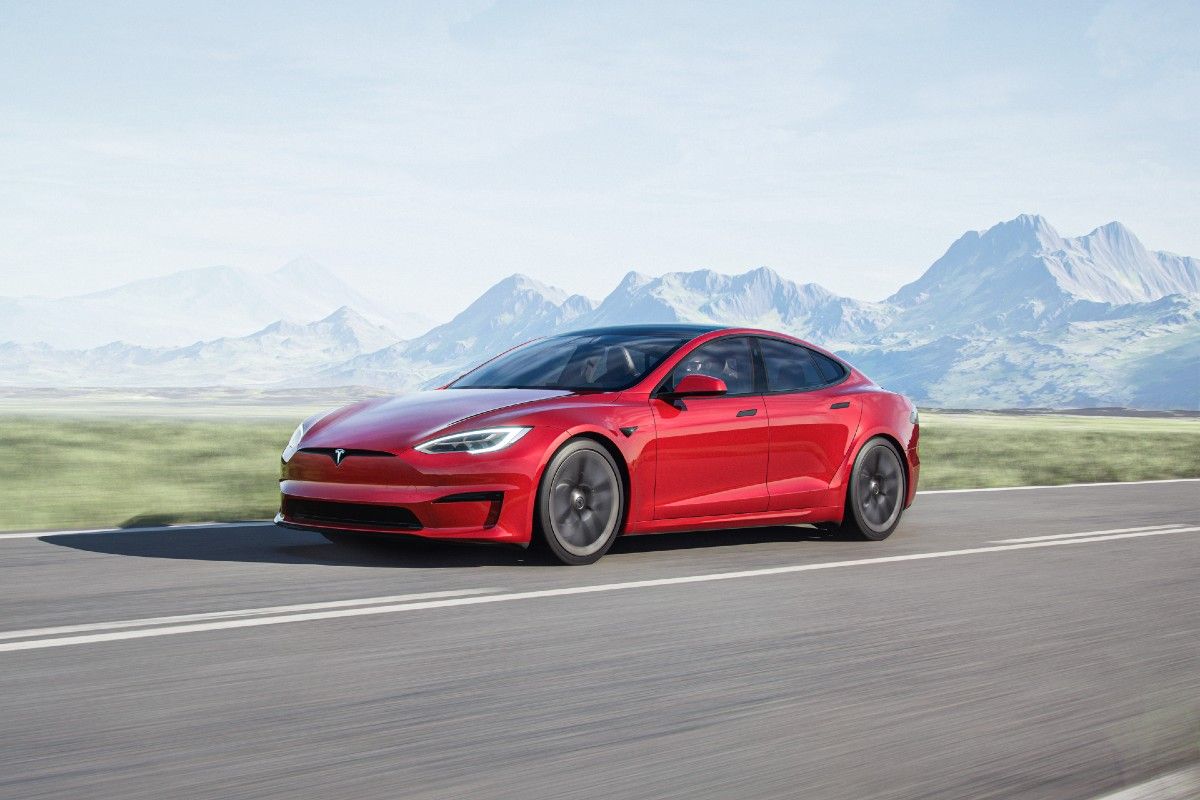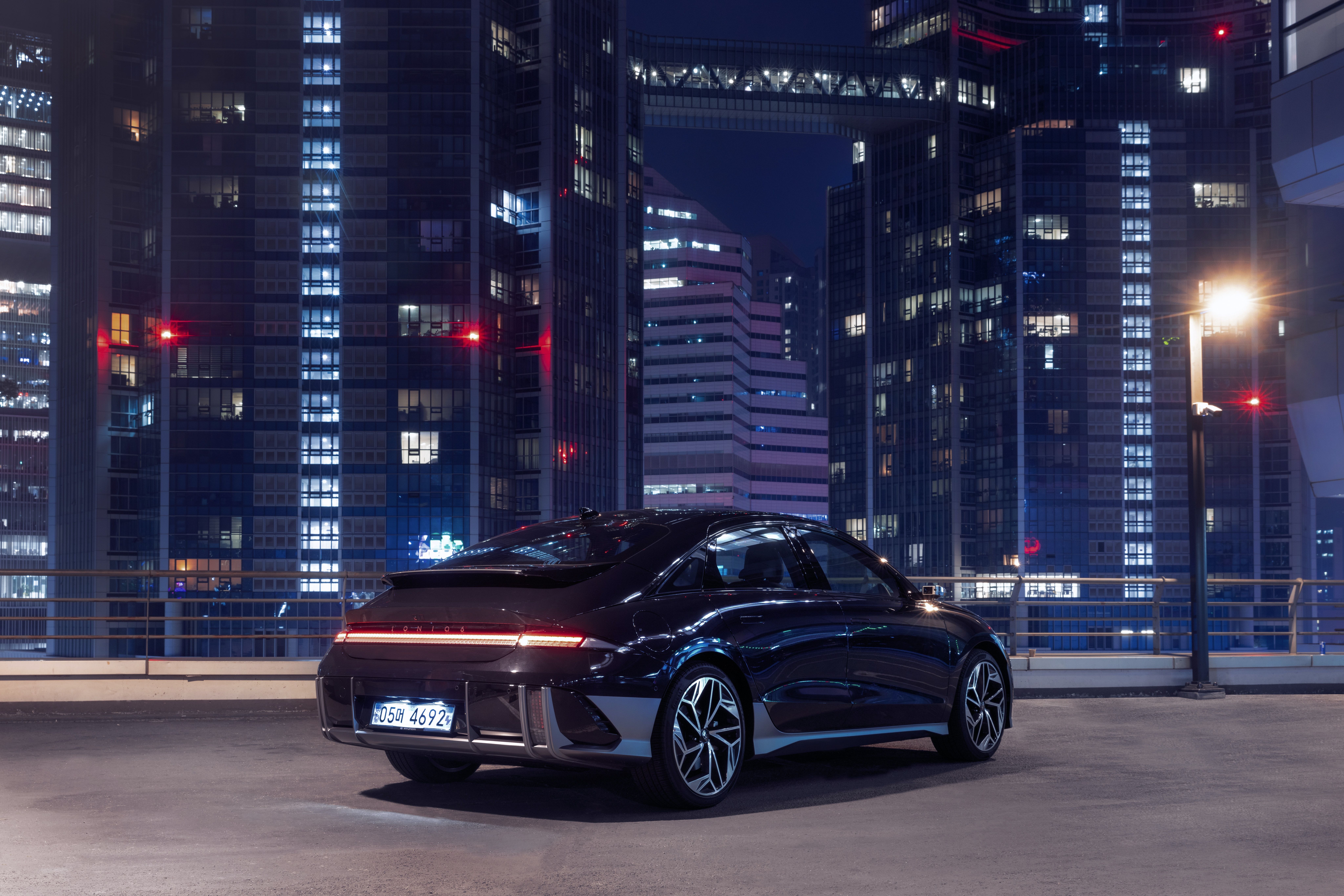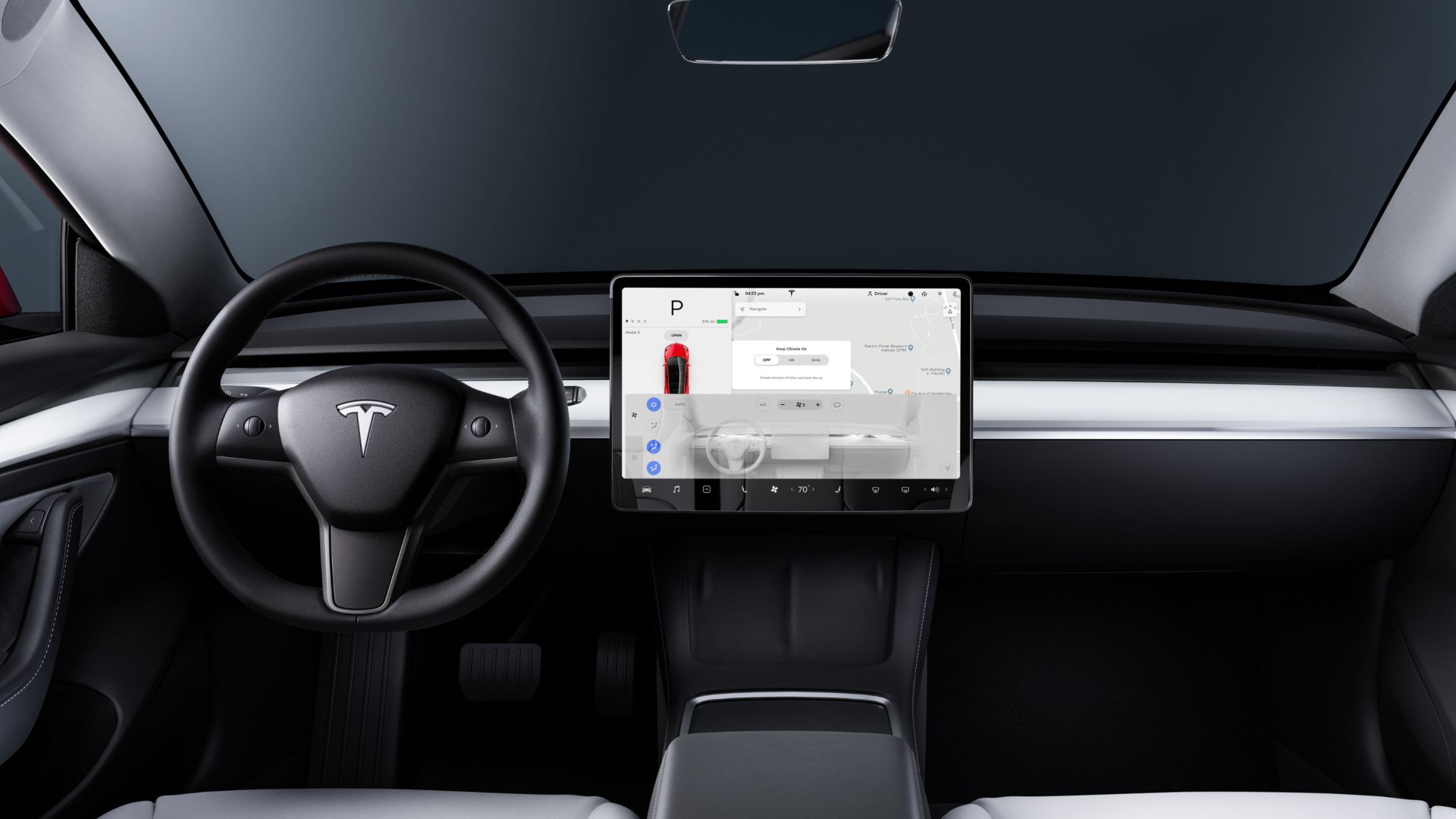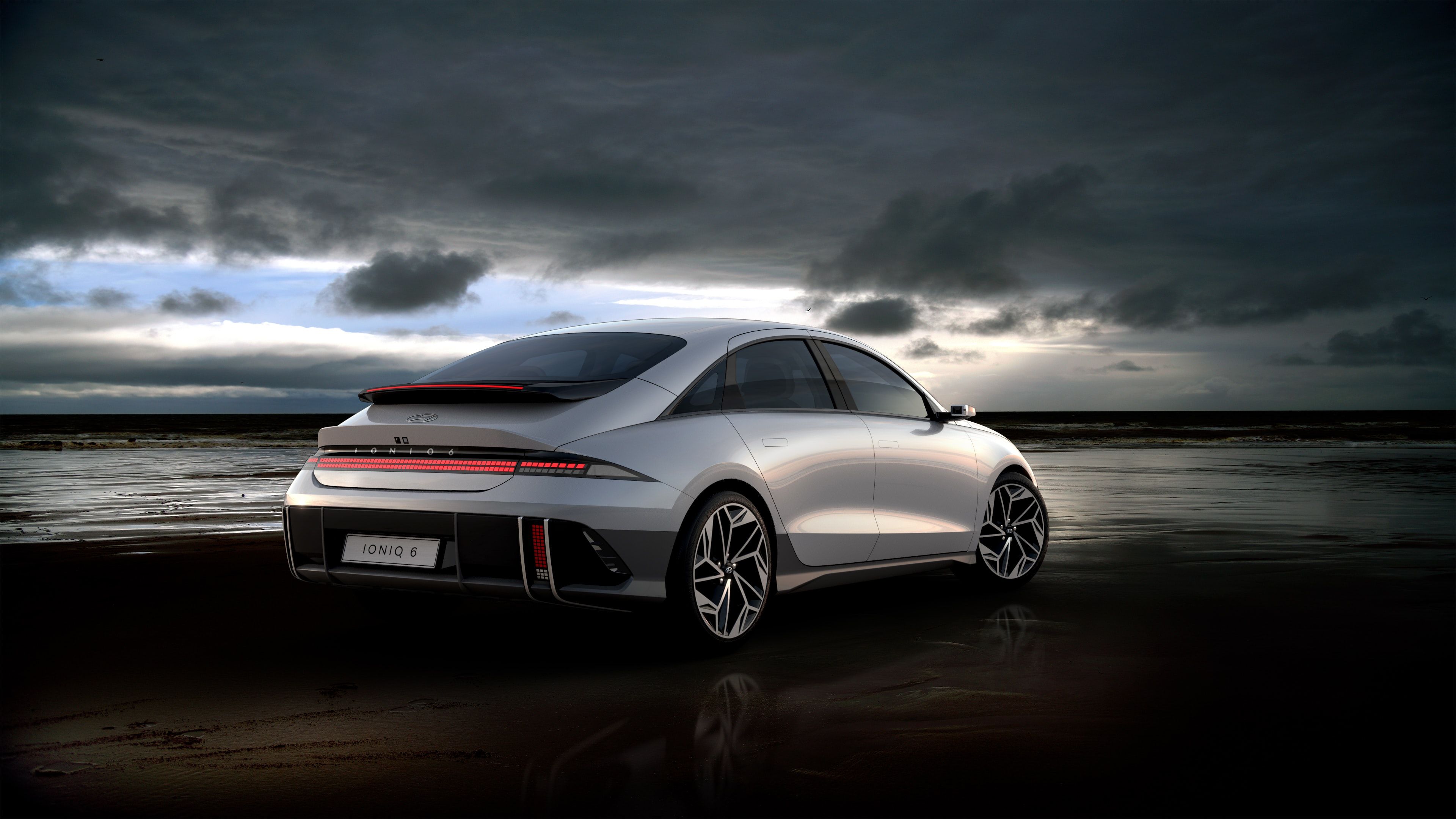The automotive landscape has changed rapidly since the Tesla Model 3 began rolling off assembly lines in 2017, and perhaps the most significant transformation is Tesla’s all-electric sedan no longer sits in a class of its own. The EV market has been flooded with a host of new models over the past few years, all looking to take a slice of the Model 3’s pie. Though, none have yet been able to do so as the Model 3 only trails its stablemate, the Model Y, for the overall U.S. EV sales crown. But one of the more notable new entrants to the EV sedan segment is the Hyundai Ioniq 6.
The Ioniq 6 and Model 3 stack up close on overall size, price, driving range, charge times, and, in many regards, features. But which EV offering is better is not cut-and-dry as both the stalwart Model 3 and its new rival have their advantages and disadvantages when compared side to side. The Ioniq 6 builds off the success of the highly touted Ioniq 5, sports an ultra-slippery design, and showcases Hyundai’s recent surge in offering quasi-luxury offerings at an affordable price. In addition, it offers much of the same attractive characteristics as the Tesla, but is it enough to sway those in the Model 3’s camp to the EV novice?
1 The Model 3 Is Now More Affordable
Even with Tesla’s recent massive price cuts, the Ioniq 6 will be cheaper in its base model, starting at $41,600 for the SE Standard Range model, but that’s not the whole story. The Model 3’s starting price is slightly higher at $42,990, but the Tesla is currently eligible for the $7,500 federal tax credit until March. The Ioniq 6 isn’t eligible for the full credit. Therefore, the Model 3, at least in the short term, is the more affordable option by thousands of dollars.
With the tax credit, the Model 3 Long Range can be had for a little over $50,000 with the Ioniq 6’s SE AWD long-range model starting at $49,000. Again, the tax credit comes into play, making the Tesla significantly more affordable.
2 The Ioniq 6 Offers More Range
Though the Tesla is cheaper for now, the Ioniq 6 offers more bang for the buck when it comes to value-per-charge. The Ioniq 6’s EPA estimated range is a significant 361 miles for the rear-wheel drive, Long Range version with 18-inch wheels, and a total of 140 MPGe combined. That range figure bests the top range of the Model 3 by three miles. Though the Ioniq 6 doesn’t have a particularly impressive lead over the Model 3 for peak range, it still holds a lead, and its top range is nearly 60 miles over its Ioniq 5 stablemate.
The base RWD Ioniq 6 has been rated for up to 305 miles while the RWD, base Model 3 is limited to 272 miles. The lowest ranked Ioniq 6 trims are the AWD SEL and Limited versions with 20-inch wheels with both offering 270 miles of range, just slightly lower than that of the Model 3.
3 The Model 3 Is Faster
Though aspects like range, efficiency, features and the like are vital in the EV segment, enthusiasts still prioritize speed, and in that regard, the Tesla wins. The standard, RWD Model 3 will zip from 0-60 in 5.8 seconds while the dual-motor, AWD Model 3 Performance slashes that time to just 3.1 seconds with a 162-mph top speed.
Meanwhile, the standard Ioniq 6 with its 53 kWh battery will require nearly nine seconds to scoot from 0-60. Upgrading to the dual-motor setup and its 320 horsepower and 446 pound-feet of torque will still require over four seconds to reach go from 0-60. Again, speed may not the prime reason for considering either of these models, but for those who value it, the Tesla holds the edge.
4 The Ioniq 6 Can Recharge Its Batteries Faster
While range and performance are vital in the EV segment, just as important, if not more so, is the ability to quickly recharge batteries, and in that regard, the Ioniq 6 is giving Tesla a run for its money. The Ioniq 6’s E-GMP platform supports both 400V and 800V charging capabilities as standard, and paired with a 350kW charger, Hyundai claims a charge time of 18 minutes to re-juice the Ioniq 6 from 10 to 80 percent. The automaker states 65 miles of range can be had in just five minutes, and the 10.9kW onboard charger will fully juice the batteries at Level 2 Charging in just over seven hours.
Comparatively, the Model 3 can charge at a max of 250kW. Charging the RWD model from 10 to 80 percent takes 25 minutes, while the Long Range and Performance models require nearly 30 minutes.
5 The Model 3 Has A More Traditional Appearance
Both the Model 3 and Ioniq 6 are supremely slippery through the air, aiding in their efficiency. The Model 3 has a drag coefficient of 0.23, making it slightly less aerodynamic than the Ioniq 6’s 0.21 drag coefficient. While the Hyundai’s slippery design helps it achieve its notable range, its aero-centric design may turn off buyers who value a more traditional car appearance.
The Model 3’s exterior styling is far more reminiscent of a standard car, while the Ioniq 6 may look as if its rear end is melting. Again, not all may care, but for those that do, the Tesla is more traditionally styled.
6 The Ioniq 6 Will Likely Have Better Build Quality
Though Tesla has built its reputation among the well-to-do who typically have deep pockets, the automaker’s build quality has always been in question. Paint quality, fit and finish, panel gaps, and some questionable design could be overlooked when the Model 3 first hit the market and wowed with its tech and stand-alone status as an EV. But now that more EVs are hitting the market, these issues have become more glaring.
Therefore, the Ioniq 6 is bound to have a better overall build quality than the Model 3. Hyundai models have recently raised eyebrows among buyers and automotive experts for their luxury-esque interior in top trims and notably quality cabins that feel sturdy, comfortable, and resilient.
7 The Model 3 Has The More Highly Regarded Badge
Though the Hyundai may have better build quality, many Tesla fans or prospective buyers will disregard some quality issues for the prestige of the badge the Model 3 sports. Again, the Model 3 may not sport the “cool” or cutting-edge status it held upon its earlier years, but the Tesla name still goes a long way with those in the EV market.
Though Tesla CEO Elon Musk has become a hugely polarizing figure, buyers are far more likely to tout they just recently purchased a Tesla, no matter the model, than to proudly proclaim that the new EV on their driveway is a Hyundai. Those in the know are aware of Hyundai’s rise in automotive prominence over the last decade, but those who aren’t will be far more impressed by a Tesla badge than that of the Korean automaker.
8 The Ioniq 6 Is More Sophisticated On The Road
The Model 3 has been touted for its driving characteristics that include a precision and relative agility that mostly live up to the output of its electric motor(s), but again, overall ride quality hasn’t been its strong suit. The cabin can be noisy, and some build quality issues can lead to rattles inside the cabin in addition to pervasive road/tire noise.
On the other hand, Motor Trend has already piloted the Ioniq 6 and states it “drives with the quiet sophistication of a Mercedes-Benz.” That’s quite a significant comparison equating Hyundai, a relatively new player to the EV segment, with one of the world’s most renowned luxury automakers. The publication added the Ioniq 6 may not be as “sharp” as the Model 3, but it “feels agile through corners.”
9 The Model 3 Has (Subjectively) Better Tech
Tesla’s Full Self-Driving capability has shown that the tech doesn’t fully live up to the name, but the hands-free system is still a crucial characteristic for many buyers. And, for those who have the maturity of an eight-year-old boy, and that’s not a criticism, the Tesla features odd-ball features like fart and cowbell noises, OTA updates, and plenty of cool amenities.
The Ioniq 6 is no slouch in the tech department, but it’s more business-like. It sports dual 12-inch screens, OTA updates, an array of customizable options, and SmartSense, effectively Level 2.5 autonomous driving and Highway Driving Assist 2, which can automatically change lanes and divert the Hyundai from incoming cars alongside adaptive cruise control functions.
10 The Ioniq 6 Is More Spacious For Passengers With Less Cargo Space
The Ioniq 6 and Model 3 line up closely in so many regards, which is the better fit will often come down to individual needs, showcased by the practicality of each model. The Ioniq 6 is more spacious in some regards, including significantly more rear legroom (39.2 inches to the Model 3’s 35.2), more rear headroom, and more shoulder room in both rows. However, the Model 3 is more accommodating for cargo, a point which is unsurprising given the Hyundai’s wildly raked rear end.
The Model 3 can accommodate 3.1 cubic-feet of storage in the frunk and 19.8 cubes in the trunk. The Ioniq 6 is limited just 0.4 cubic feet in the frunk and 11.2 in the trunk.

